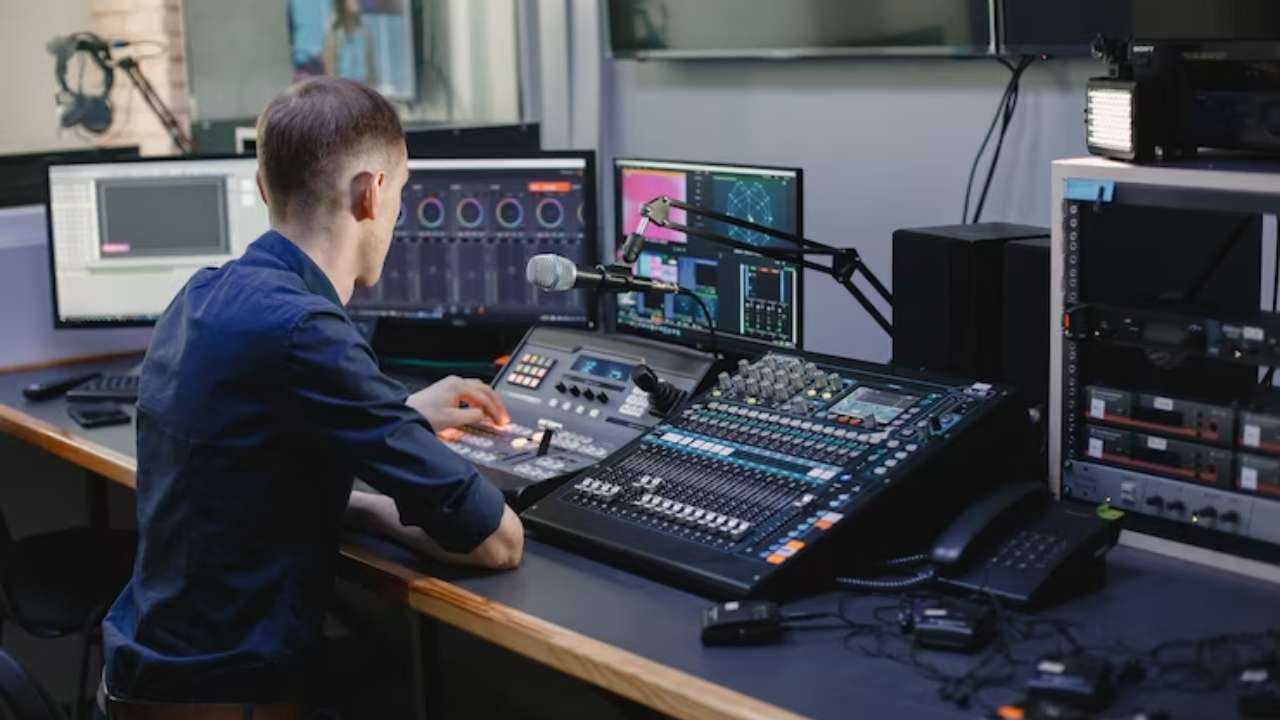A single major benefit of audio over IP technology is its capability to link various devices and technologies seamlessly. Traditional broadcasting frequently depended on complex cabling and tangible connections, which could be burdensome and limited. With AoIP, broadcasters can readily connect mics, audio consoles, and additional devices through a common infrastructure. This integration allows for remote broadcasting and live streaming from almost any location, making it simpler to reach listeners across the world. As a consequence, broadcasters can respond quickly to ongoing events and listener requests, leading to more dynamic and captivating content.
Additionally, AoIP systems facilitates superior audio standards that improve the auditory encounter. Unlike traditional broadcasting techniques, which may compromise sound quality, audio over IP can maintain the integrity of the audio signal during the transmission process. This implies that listeners can enjoy clearer and richer sound, regardless of whether they are listening in via terrestrial radio, streaming over the internet, or using mobile devices. The ability to deliver high-fidelity audio is particularly crucial for musical and discussion programs, where every detail matters to the audience.
Moreover, the implementation of audio over IP systems can lead to financial efficiencies for broadcasters. By using existing network systems, companies can eliminate the need for costly hardware and large-scale cabling. This not only reduces upfront costs but also lowers maintenance expenses over time. Media firms can allocate resources more effectively, investing in content creation and talent development. As a result, the entire broadcasting industry can benefit from enhanced creativity and inventiveness, as financial resources are reallocated toward enhancing programming and interacting with listeners.
In summary, the transition towards Visit Website audio over IP systems is transforming the broadcasting landscape. By enabling smooth links, improving audio quality, and lowering costs, AoIP is paving the way for a better integrated future in broadcasting. As media organizations continue to adjust to these developments, they will be more prepared to satisfy the demands of their listeners, create compelling content, and remain competitive in an constantly changing industry. The future of broadcasting is bright, and audio over IP will take a key role in defining the manner in which we experience audio content in the future to come.
